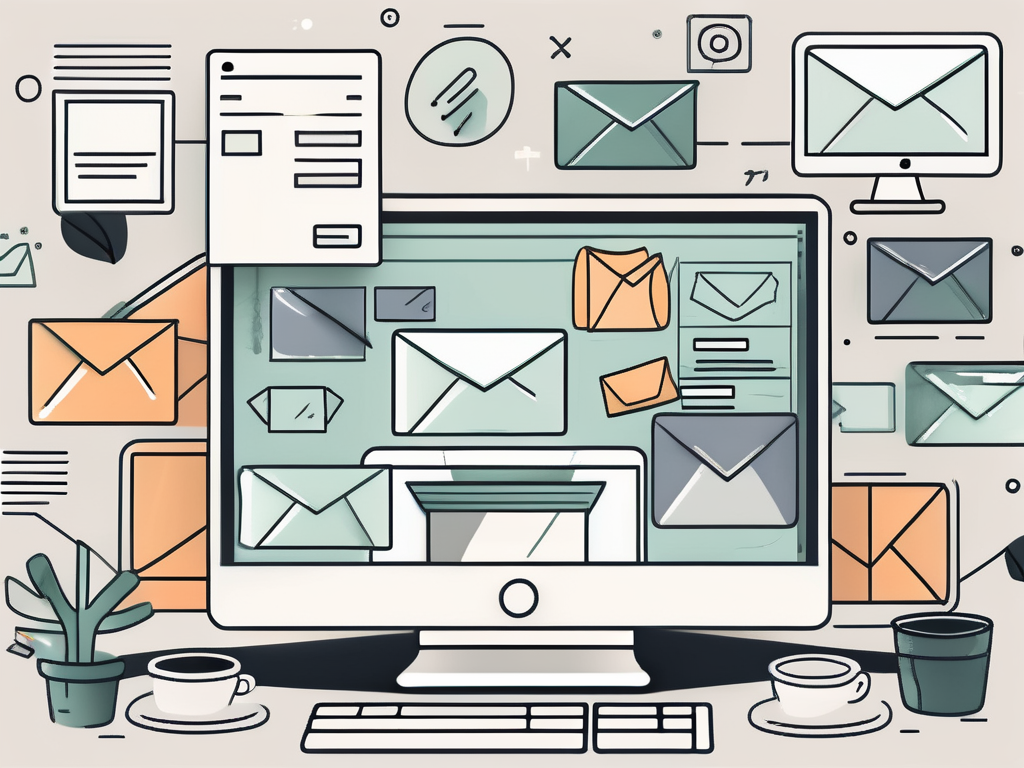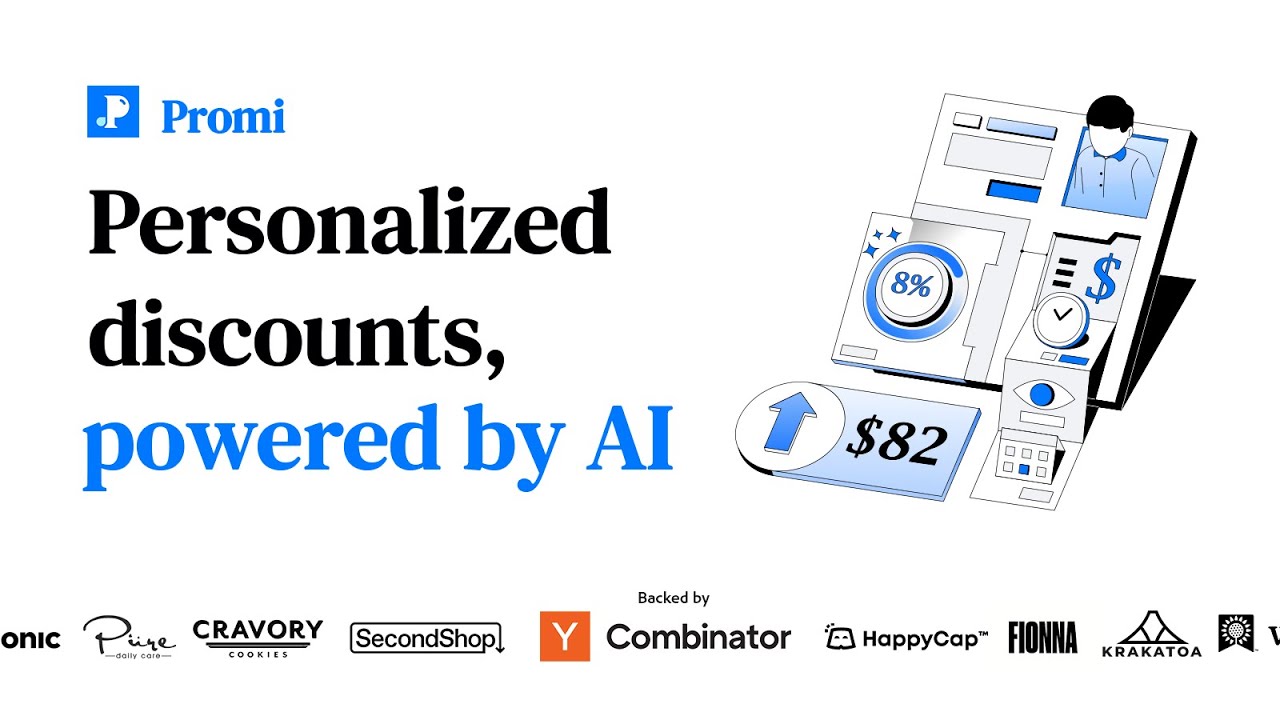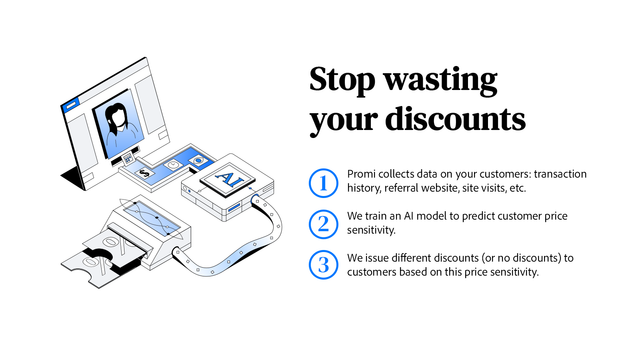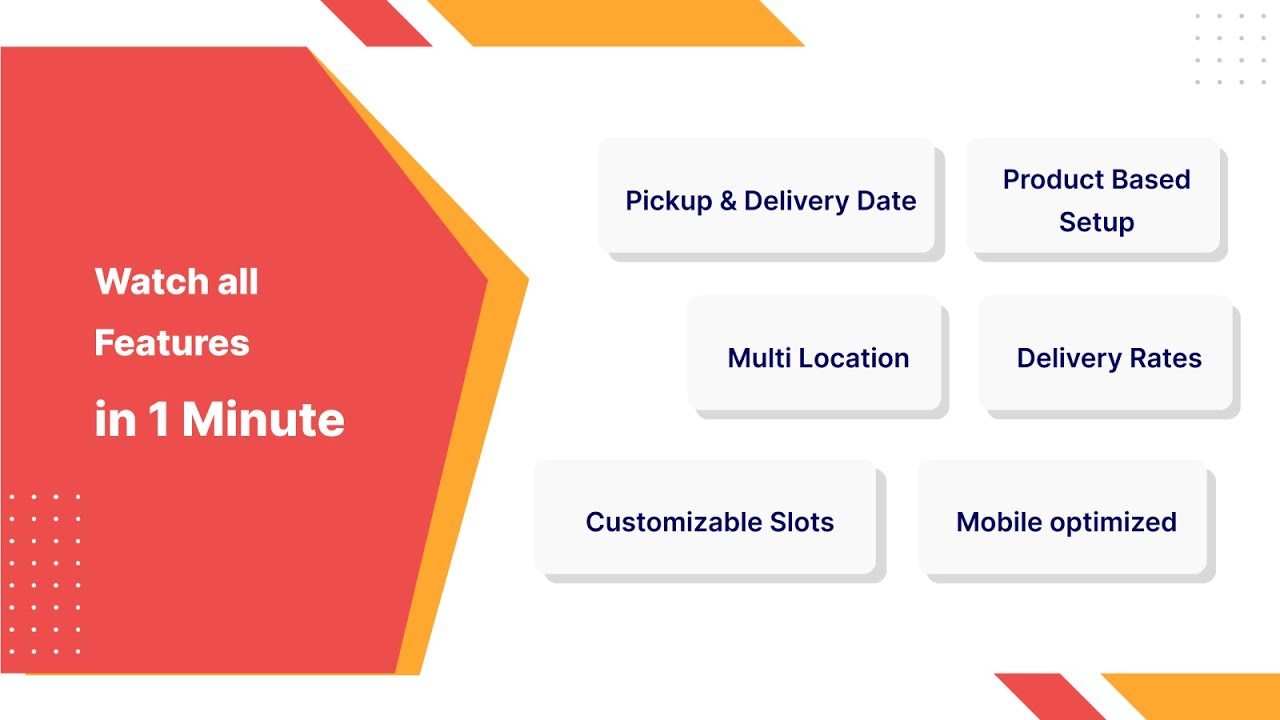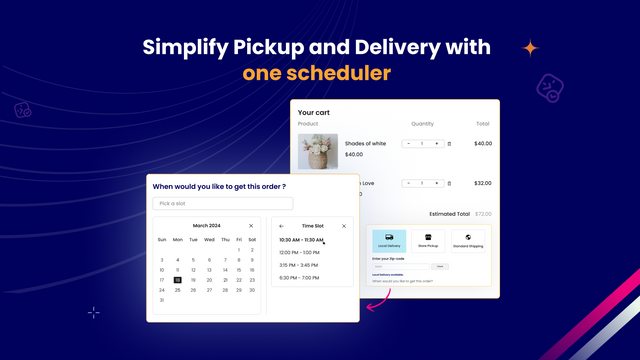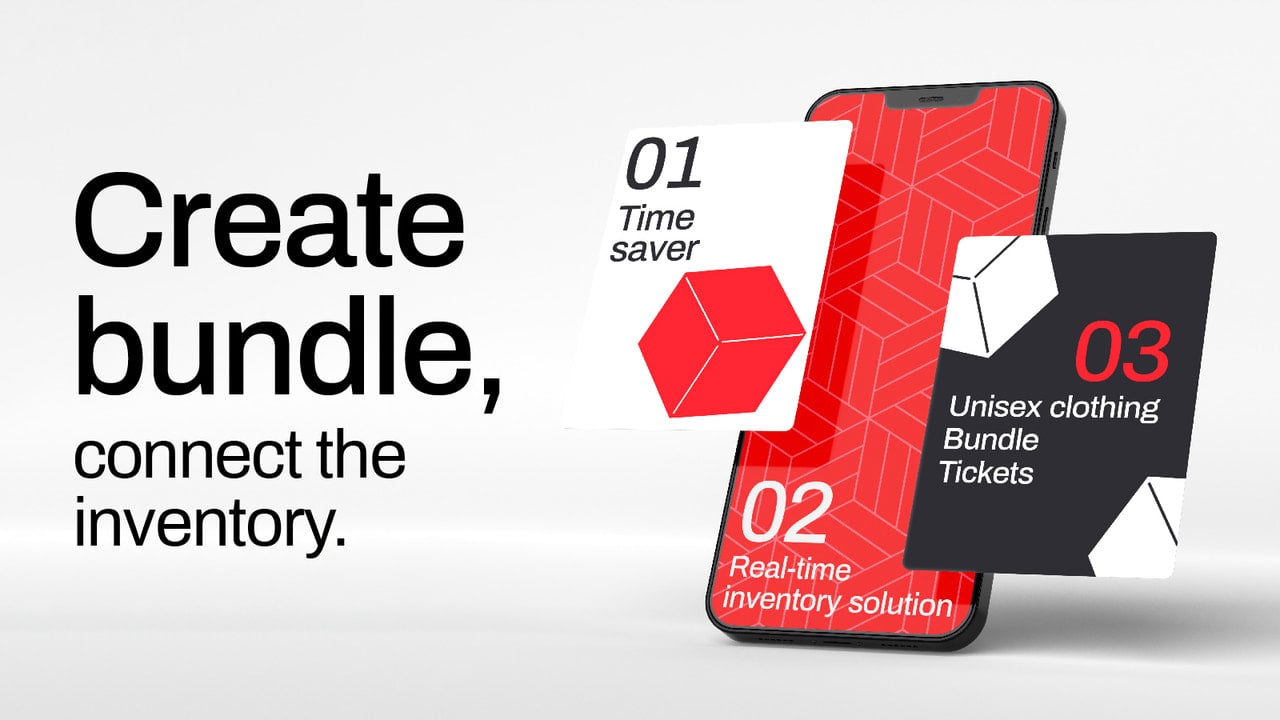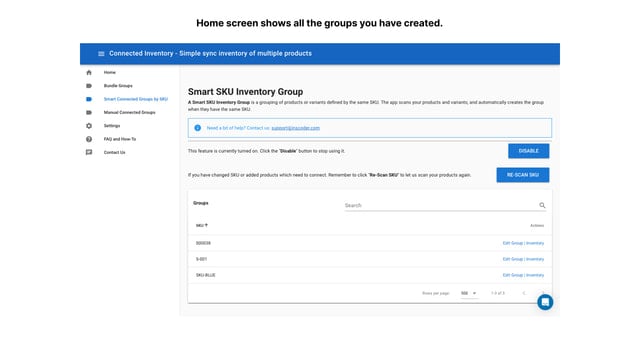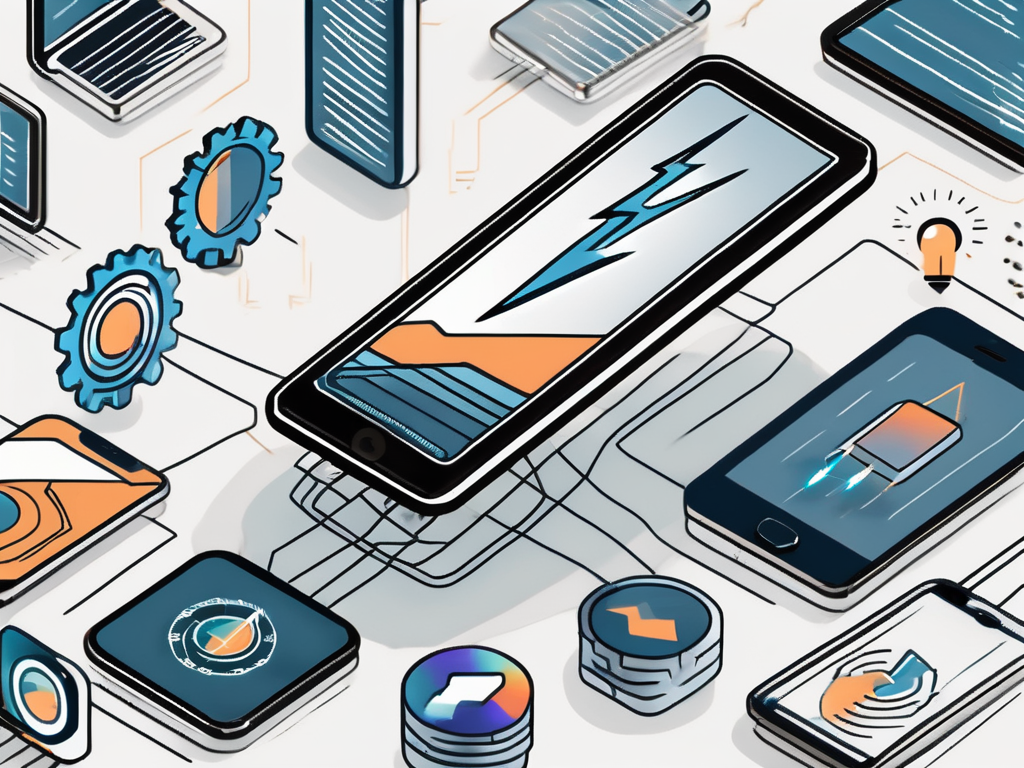Shopify email marketing is a powerful tool that can help you grow your online business and drive more sales. By leveraging the power of email, you can effectively reach and engage with your target audience, build strong relationships with your customers, and ultimately boost your revenue. In this ultimate guide, we will explore the ins and outs of Shopify email marketing and provide you with valuable insights and strategies to make the most of this marketing channel.
Understanding Shopify Email Marketing
What is Shopify Email Marketing?
Shopify email marketing refers to the process of using email campaigns to promote your Shopify store, products, and services to your target audience. It involves creating and sending targeted emails to your subscribers with the goal of driving sales and increasing customer engagement.
Importance of Email Marketing in E-commerce
Email marketing plays a vital role in the success of your e-commerce business. It allows you to connect directly with your customers, nurture relationships, and drive repeat purchases. With email marketing, you have the opportunity to personalize your messages, showcase your products, and provide valuable content that resonates with your audience.
One of the key benefits of email marketing in e-commerce is its ability to reach a wide audience. With a well-crafted email campaign, you can target both existing customers and potential new customers, increasing your chances of generating sales. By segmenting your email list based on customer preferences, purchase history, and demographics, you can tailor your messages to specific groups, ensuring that your emails are relevant and engaging.
Another advantage of email marketing is its cost-effectiveness. Compared to traditional marketing channels such as print advertising or direct mail, email marketing allows you to reach a large number of people at a fraction of the cost. With the right email marketing platform, you can automate your campaigns, saving time and resources while still delivering personalized and timely messages to your audience.
Furthermore, email marketing provides an opportunity for you to build brand loyalty and trust. By consistently delivering valuable content, exclusive offers, and personalized recommendations, you can establish a strong connection with your customers. This connection not only encourages repeat purchases but also increases the likelihood of customers referring your store to their friends and family.
When it comes to measuring the success of your email marketing efforts, you have access to valuable metrics and insights. Most email marketing platforms provide detailed analytics that allow you to track open rates, click-through rates, conversion rates, and more. By analyzing these metrics, you can gain valuable insights into your audience's preferences and behaviors, enabling you to refine your email marketing strategy for better results.
In conclusion, Shopify email marketing is a powerful tool for e-commerce businesses. It allows you to connect with your customers, drive sales, and build brand loyalty. By leveraging the benefits of email marketing, you can create personalized and engaging campaigns that resonate with your audience, ultimately leading to increased revenue and business growth.
Setting Up Your Shopify Email Marketing
Setting up an effective email marketing strategy is crucial for the success of your Shopify store. It allows you to engage with your customers, build brand loyalty, and drive sales. In this guide, we will walk you through the process of setting up your Shopify email marketing campaign and provide you with valuable tips and insights to make the most out of this powerful marketing channel.
Choosing the Right Email Marketing Platform
Before you get started with Shopify email marketing, it's essential to choose the right email marketing platform that integrates seamlessly with your Shopify store. There are numerous platforms available in the market, each offering its own set of features and capabilities. It's important to carefully evaluate your options and select a platform that aligns with your business goals and requirements.
When choosing an email marketing platform, consider features such as automation, segmentation, and analytics. Automation allows you to set up automated email sequences, such as welcome emails, abandoned cart reminders, and post-purchase follow-ups. Segmentation enables you to divide your customer base into specific groups based on their preferences, purchase history, or demographic information. This allows you to send targeted and personalized emails that resonate with your audience. Analytics provide valuable insights into the performance of your email campaigns, allowing you to track metrics such as open rates, click-through rates, and conversions.
Additionally, consider the platform's ease of use, customer support, and pricing structure. It's important to choose a platform that is user-friendly and offers reliable customer support to assist you whenever you encounter any issues or have questions. The pricing structure should also be transparent and align with your budget, taking into account factors such as the number of subscribers and emails you plan to send.
Integrating Email Marketing with Shopify
Once you've selected an email marketing platform, you'll need to integrate it with your Shopify store. This integration enables you to sync your customer data, create targeted email lists, and automate email campaigns based on customer behavior and preferences.
The integration process may vary depending on the email marketing platform you've chosen. Most platforms offer plugins or apps that can be easily installed on your Shopify store. These plugins allow you to connect your email marketing platform with your Shopify store, ensuring that customer data is synchronized in real-time.
Once the integration is complete, you can start leveraging the power of email marketing to drive sales and engage with your customers. Use the customer data you've synced to create targeted email lists based on specific criteria, such as purchase history, location, or engagement level. This allows you to send highly relevant and personalized emails that resonate with your audience.
Furthermore, take advantage of the automation capabilities offered by your email marketing platform. Set up automated email sequences to welcome new subscribers, recover abandoned carts, or re-engage inactive customers. Automation saves you time and effort by sending emails automatically based on predefined triggers or customer actions.
Remember to regularly analyze the performance of your email campaigns using the analytics provided by your email marketing platform. This allows you to identify what works and what doesn't, make data-driven decisions, and continuously optimize your email marketing strategy.
In conclusion, setting up your Shopify email marketing requires careful consideration of the right email marketing platform and seamless integration with your Shopify store. By leveraging the power of email marketing, you can effectively engage with your customers, drive sales, and grow your Shopify business.
Building Your Email List
Building your email list is a crucial step in Shopify email marketing. It allows you to establish direct communication with your customers and potential customers, enabling you to nurture relationships and drive sales. There are various strategies you can employ to gather customer emails, ensuring that your list continues to grow and expand.
Offering Incentives
One effective strategy for gathering customer emails is to offer incentives in exchange for subscribing to your newsletter. People love getting something in return for their contact information, so consider offering discounts, exclusive content, or freebies to entice them to sign up. This not only encourages more people to join your email list but also helps you build a loyal customer base.
Pop-ups and Signup Forms
Another way to collect customer emails is by utilizing pop-ups and signup forms on your website. When visitors land on your site, strategically placed pop-ups can catch their attention and prompt them to subscribe. Make sure to design your pop-ups and signup forms in an eye-catching and user-friendly manner to maximize conversions. Additionally, consider implementing exit-intent pop-ups that appear when a user is about to leave your site, giving them one last chance to join your email list.
Leveraging Social Media Channels
Social media platforms provide a valuable opportunity to gather customer emails. You can use social media ads and posts to promote your newsletter and encourage people to subscribe. Consider creating engaging and informative content that highlights the benefits of joining your email list. You can also run contests or giveaways that require participants to provide their email address for entry. This not only helps you collect emails but also increases brand awareness and engagement on social media.
Segmenting Your Email List
Once you have successfully built your email list, it's important to segment it to ensure that your email campaigns are highly targeted and relevant to your subscribers. Segmenting your list involves categorizing your subscribers based on specific criteria such as demographics, purchase history, or engagement level.
By segmenting your email list, you can deliver personalized content and offers that resonate with different customer segments. For example, you can create separate email campaigns for new subscribers, loyal customers, or those who have abandoned their shopping carts. This level of personalization increases the chances of engagement and conversion, as subscribers receive content that is tailored to their specific needs and interests.
Segmenting your email list also allows you to track and analyze the performance of different segments. By monitoring open rates, click-through rates, and conversion rates for each segment, you can gain valuable insights into the effectiveness of your email marketing efforts. This data can then be used to refine your strategies and further optimize your campaigns.
In conclusion, building and segmenting your email list are essential steps in Shopify email marketing. By employing effective strategies to gather customer emails and delivering personalized content, you can establish strong connections with your audience and drive business growth.
Creating Effective Email Campaigns
Designing Your Email Layout
The design of your emails plays a crucial role in capturing the attention of your subscribers and driving engagement. Make sure your emails have a clean and visually appealing layout, with a clear Call to Action (CTA) that prompts your subscribers to take the desired action. Use images, colors, and fonts that align with your brand to create a consistent and professional look.
Writing Compelling Email Content
Content is king when it comes to email marketing. Focus on creating compelling and valuable content that provides relevant information to your subscribers. Use catchy subject lines, concise yet engaging copy, and personalize your messages whenever possible. Experiment with different types of content, such as product updates, customer success stories, or exclusive offers, to keep your subscribers interested and engaged.
Shopify Email Marketing Best Practices
Personalizing Your Emails
Personalization is key to gaining the attention and trust of your subscribers. Use data from your Shopify store to personalize your emails with your customers' names, recommend products based on their purchase history, or send tailored offers based on their preferences. The more personalized your emails, the more likely your subscribers will engage and convert.
Automating Your Email Campaigns
Automation is a game-changer when it comes to Shopify email marketing. Set up automated email campaigns triggered by specific events or customer actions, such as abandoned cart reminders, post-purchase follow-ups, or re-engagement emails for inactive subscribers. Automation saves time and allows you to deliver timely and relevant messages to your customers throughout their journey.
In conclusion, Shopify email marketing is a valuable tool for e-commerce businesses to connect with their customers, nurture relationships, and drive sales. By understanding the basics of Shopify email marketing, setting up your campaigns properly, building a targeted email list, creating effective email content, and following best practices, you can unlock the full potential of this marketing channel and achieve significant growth for your Shopify store.
Ready to elevate your Shopify store with the perfect email marketing app? Let Owlfred, your wise guide from OwlMix, help you navigate through our extensive directory of innovative Shopify apps. With OwlMix, you can effortlessly find and integrate the best email marketing solutions to enhance your strategy and grow your business. Don't miss out on the opportunity to connect with your customers and boost your sales. Find your next Shopify app today and watch your e-commerce success take flight!


